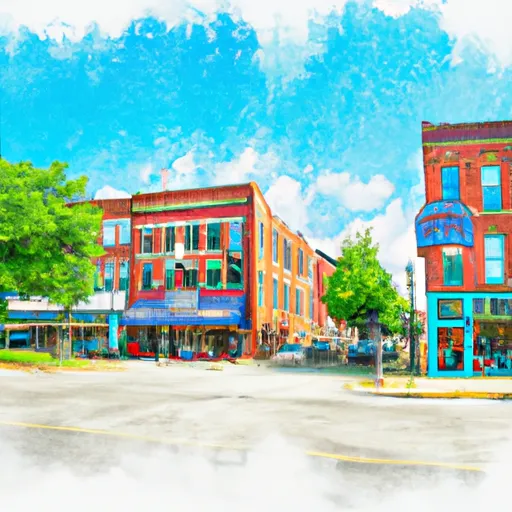°F
°F
mph
Windspeed
%
Humidity











Antwerp, Ohio is a small village located in the northwest region of the state. The area experiences a humid continental climate with warm summers and cold winters, and precipitation is evenly distributed throughout the year. Hydrology constituents in Antwerp are characterized by the Maumee River, which runs through the village and is a popular spot for fishing and boating. Outdoor recreation opportunities in Antwerp include hiking and camping at the 1,665-acre Maumee State Forest and the 450-acre Harrison Lake State Park, which offers fishing, swimming, and boating on the 125-acre lake. Additionally, the village is home to a variety of parks and playgrounds, making it a great place for families to enjoy the outdoors.
Weather Forecast
Antwerp receives approximately 928mm of rain per year, with humidity levels near 82% and air temperatures averaging around 10°C. Antwerp has a plant hardyness factor of 6, meaning plants and agriculture in this region thrive during a short period during spring and early summer. Most plants will die off during the colder winter months.
Nearby Snowpack Depths
7
Inches
Regional Streamflow Levels
156
Cubic Feet Per Second
47
Cubic Feet Per Second
38
Cubic Feet Per Second
1,150
Cubic Feet Per Second
Nearby Camping
| Camping Area | Reservations | Toilets | Showers |
|---|---|---|---|
| Miami Whitewater Forest | |||
| Swains Lake | |||
| Governor Bebb Preserve | |||
| Eaton County Fairgrounds | |||
| Maple River Campground | |||
| Big Bone Lick State Park |



